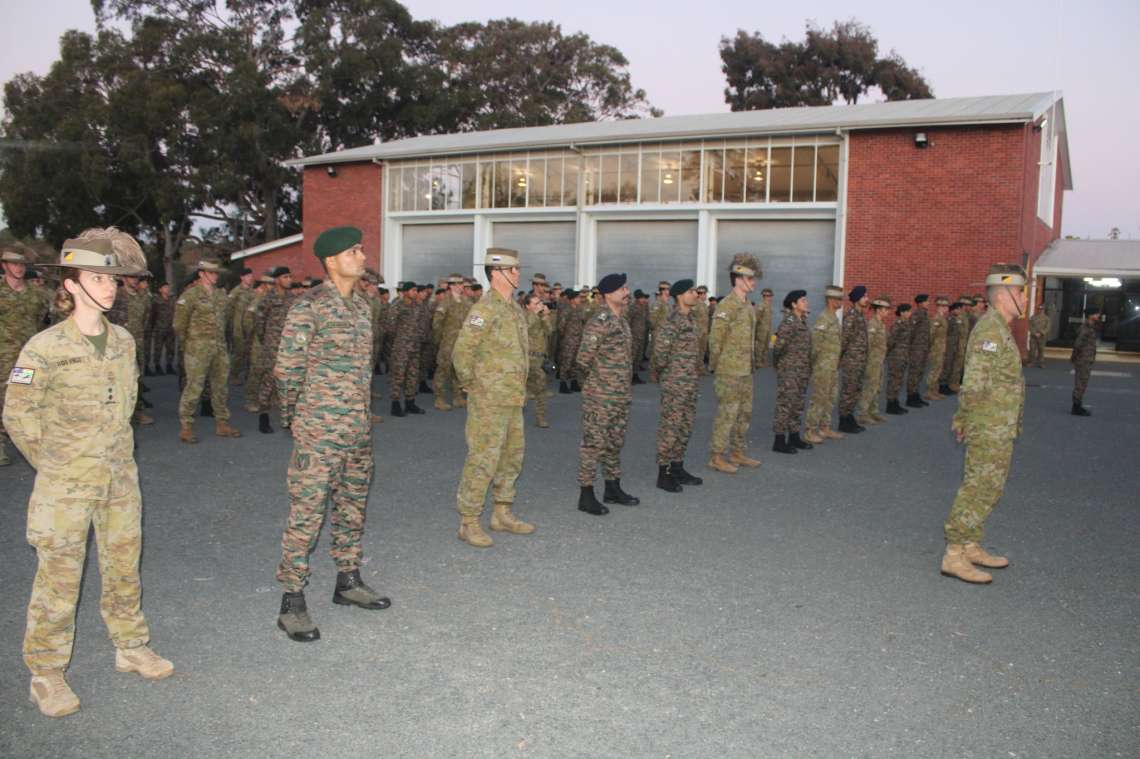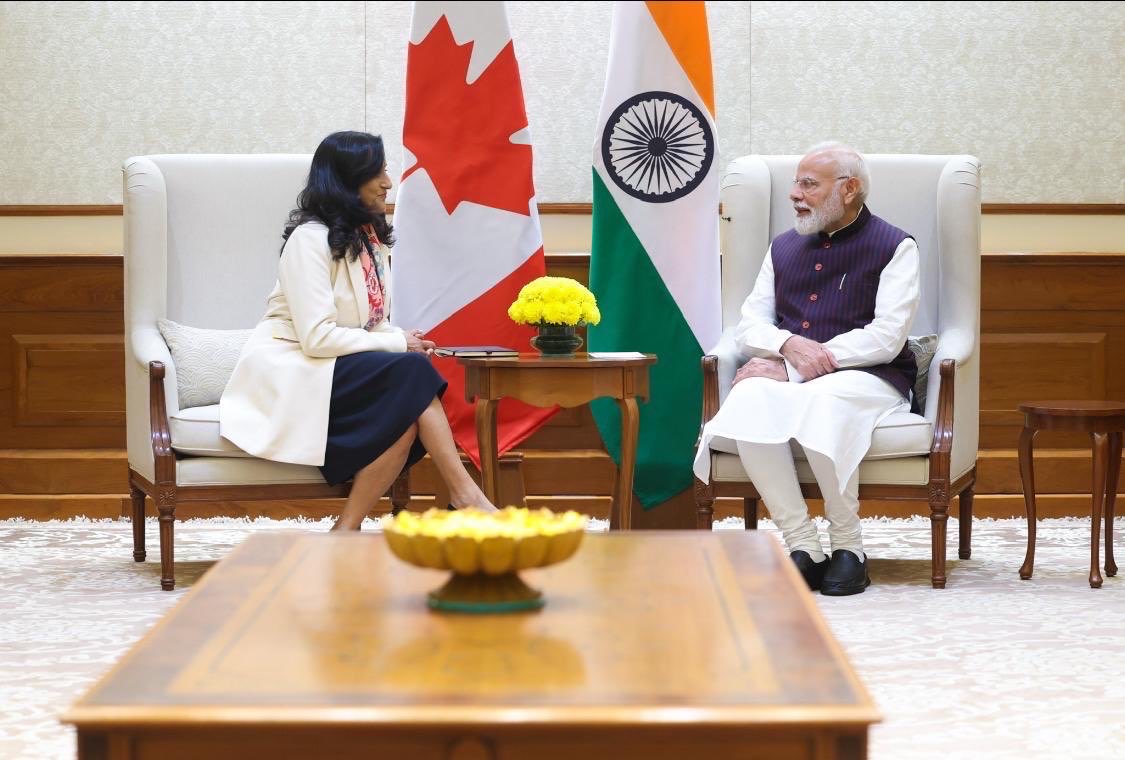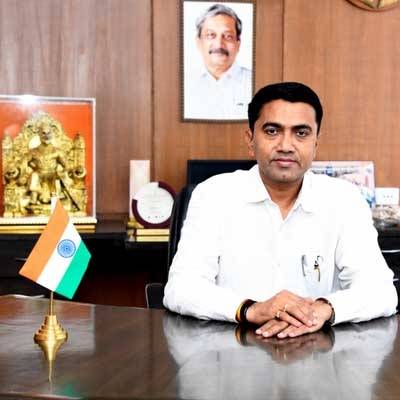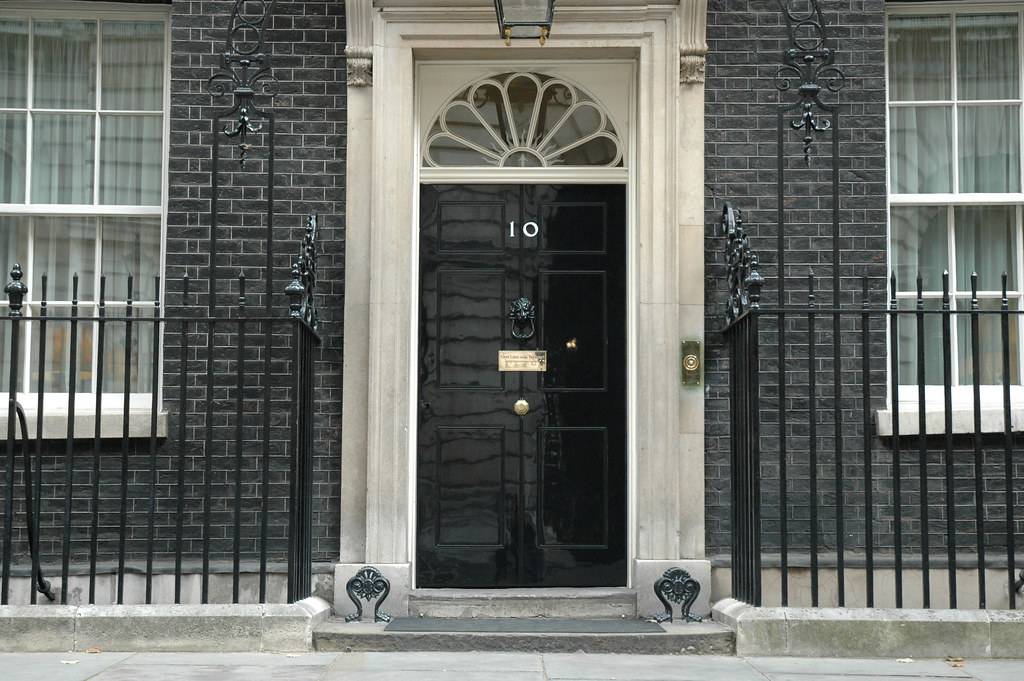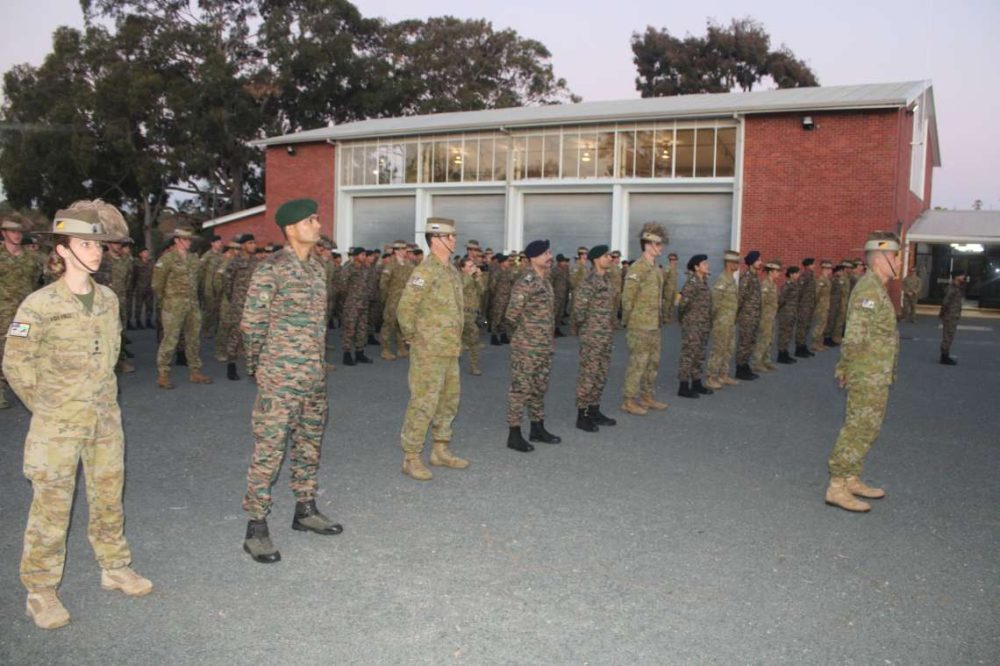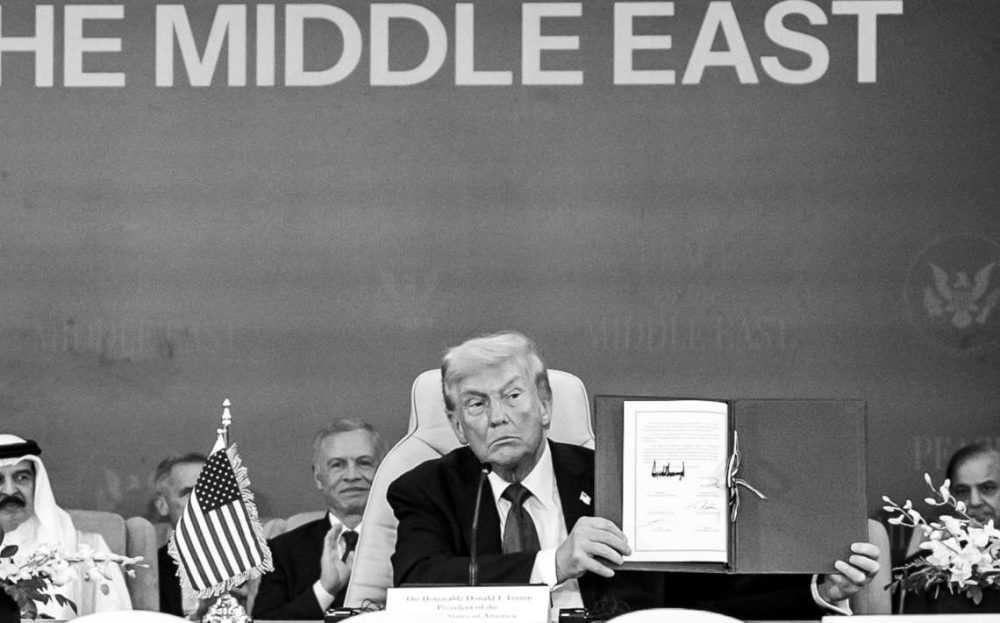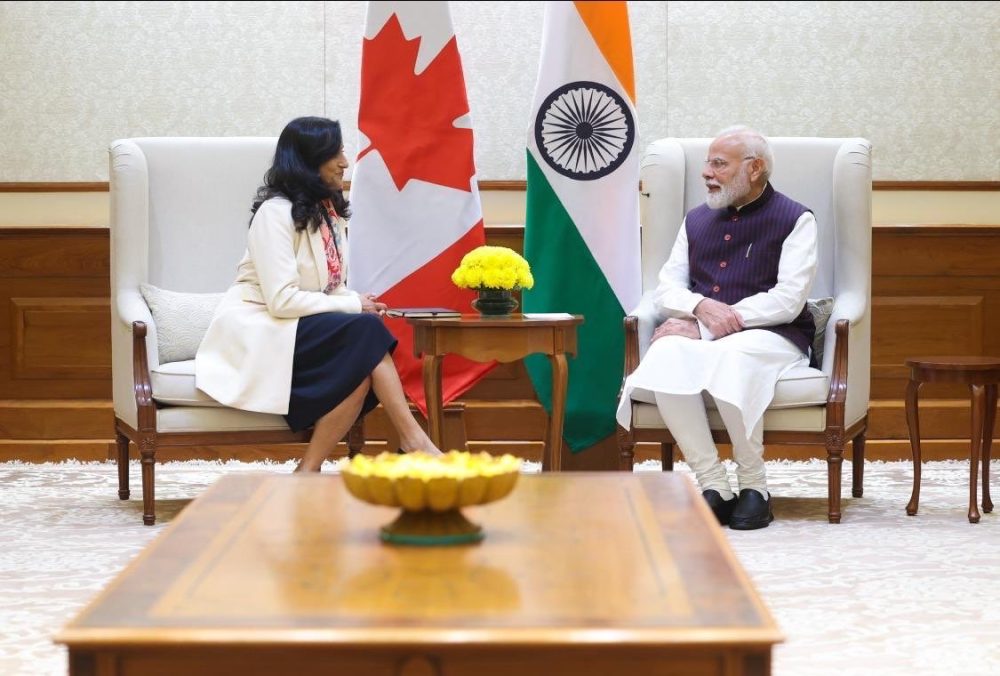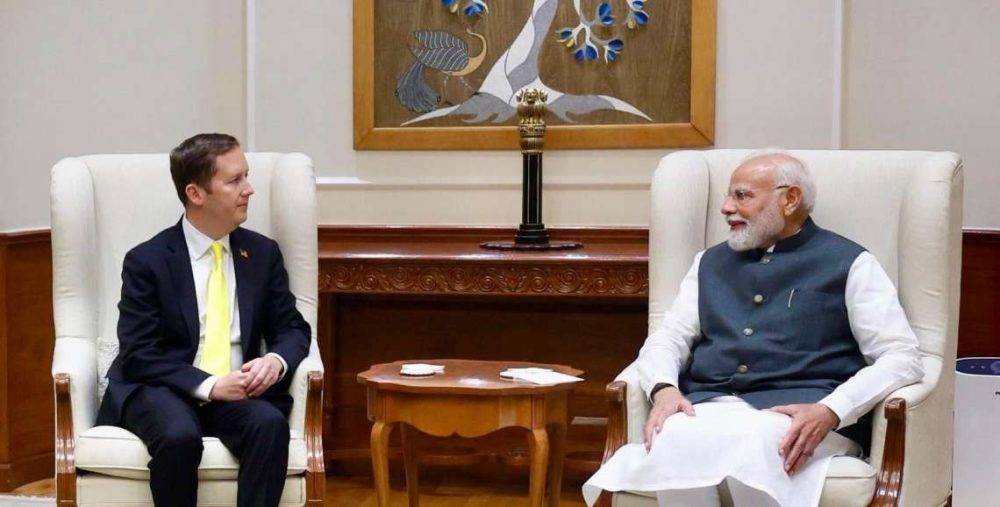The 40-member Goa Assembly will go to the polls on February 14, while the counting of votes will be taken up on March 10…reports Asian Lite News
The Bharatiya Janata Party (BJP) is projected to get a simple majority in Goa in the upcoming Assembly elections with 32 per cent vote share, while the Aam Aadmi Party (AAP) is projected to emerge as the main opposition with 23 per cent vote, as per the ABP-CVOTER Battle for the States survey.
The 40-member Goa Assembly will go to the polls on February 14, while the counting of votes will be taken up on March 10.
The sample size for the survey was 3,970 across all the 40 Assembly seats in the coastal state.
The erstwhile prime contender Congress is projected to poll just a little more than 19 per cent vote share. It is clear from the vote share that Goa is heading for a split verdict that could eventually lead to the advantage of the BJP.
Stemming the vote and seat erosion faced in the last few rounds of the tracker, the BJP has started to consolidate again in Goa. Currently, it is projected to win 21 seats, just ahead of the halfway mark of 20 seats. AAP is the surprise of the pack and is expected to win 7 seats, higher than the 6 seats projected for the Congress.
In normal times, the anti-incumbency in the state would have been sufficient to sink the fortunes of the BJP. However, the incompetence of state Congress and better groundwork of AAP has split the anti-incumbency votes, pushing the BJP into an advantageous position.
The stabilisers in this scenario will be the other smaller parties that are currently projected to poll 26 per cent vote share and win 6 seats. In the less likely case of a hung Assembly just like the previous Vidhan Sabha, the government formation will be a messy process with some twists and turns.
BJP’s incumbent Chief Minister Pramod Sawant is the most popular leader for the CM’s post among Goans with 34 per cent approval. The second spot is held by AAP’s unnamed leader with 19 per cent approval. Digambar Kamat of the Congress is their most popular leader with 9 per cent approval.
If AAP is currently doing well without a face, will it stand to gain from projecting a strong leader? The question is better answered by the static trend of seats and votes in Goa for AAP. An absence of strong leadership is perhaps impeding galvanisation of more voters in their favour.
The much-talked about entry of Mamata Banerjee’s Trinamool Congress is likely to be a non-starter. Its alliance with the MGP is still struck with approximately 8 per cent vote share, with almost 5.5 per cent showing their support for MGP and hardly 2.5 per cent expressing their support for the Trinamool.
The fact is that popularity of MGP head Sudin Dhavalikar has come down from 8 per cent to 5 per cent in recent months after declaring his alliance with the Trinamool.
The fact that the “unnamed face” of AAP is getting 19 per cent traction in the polls suggests that AAP has consolidated in Goa as the local party now. Ironically, it’s the entry of Trinamool that has helped APP in scrubbing away the “outsider” tag.



